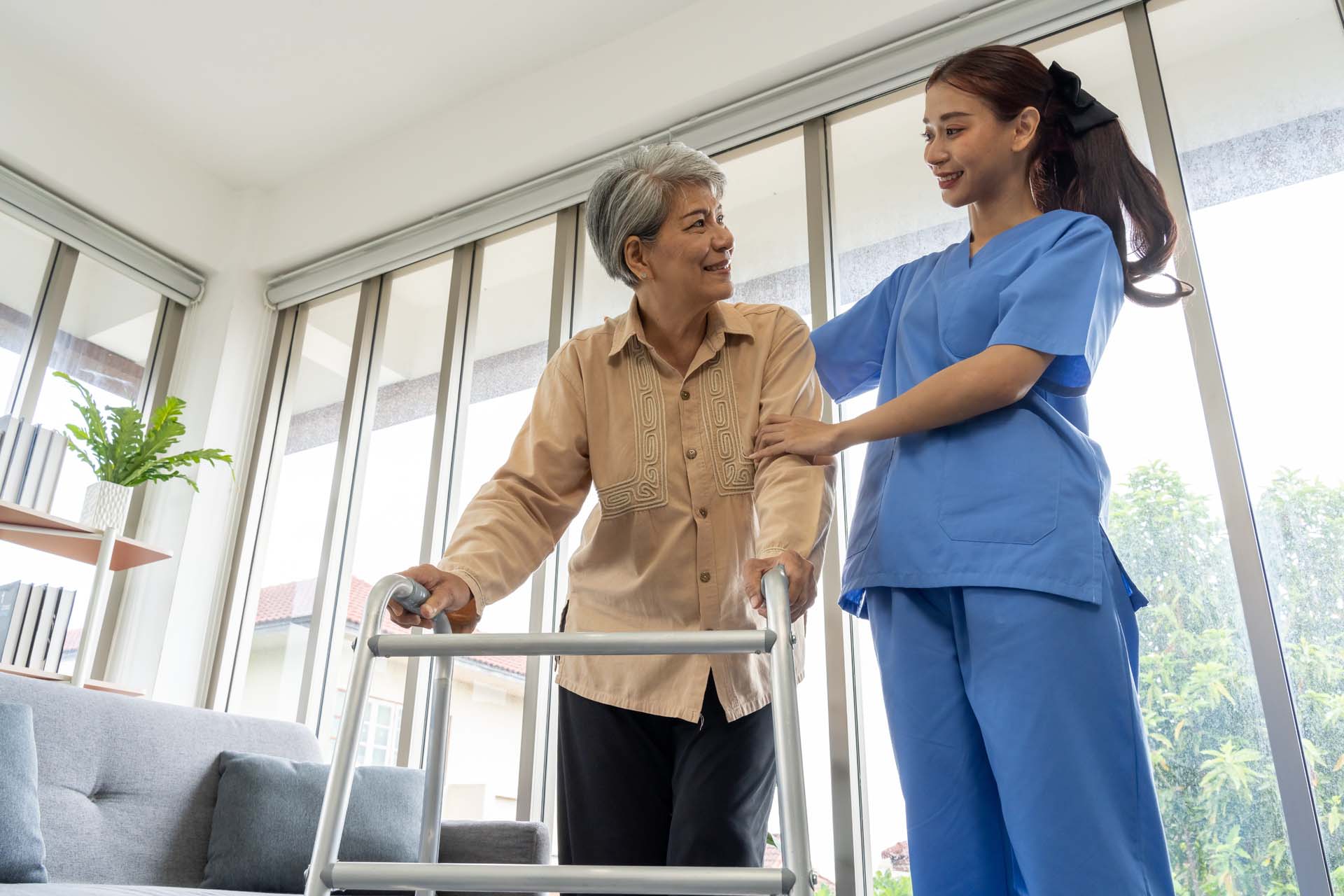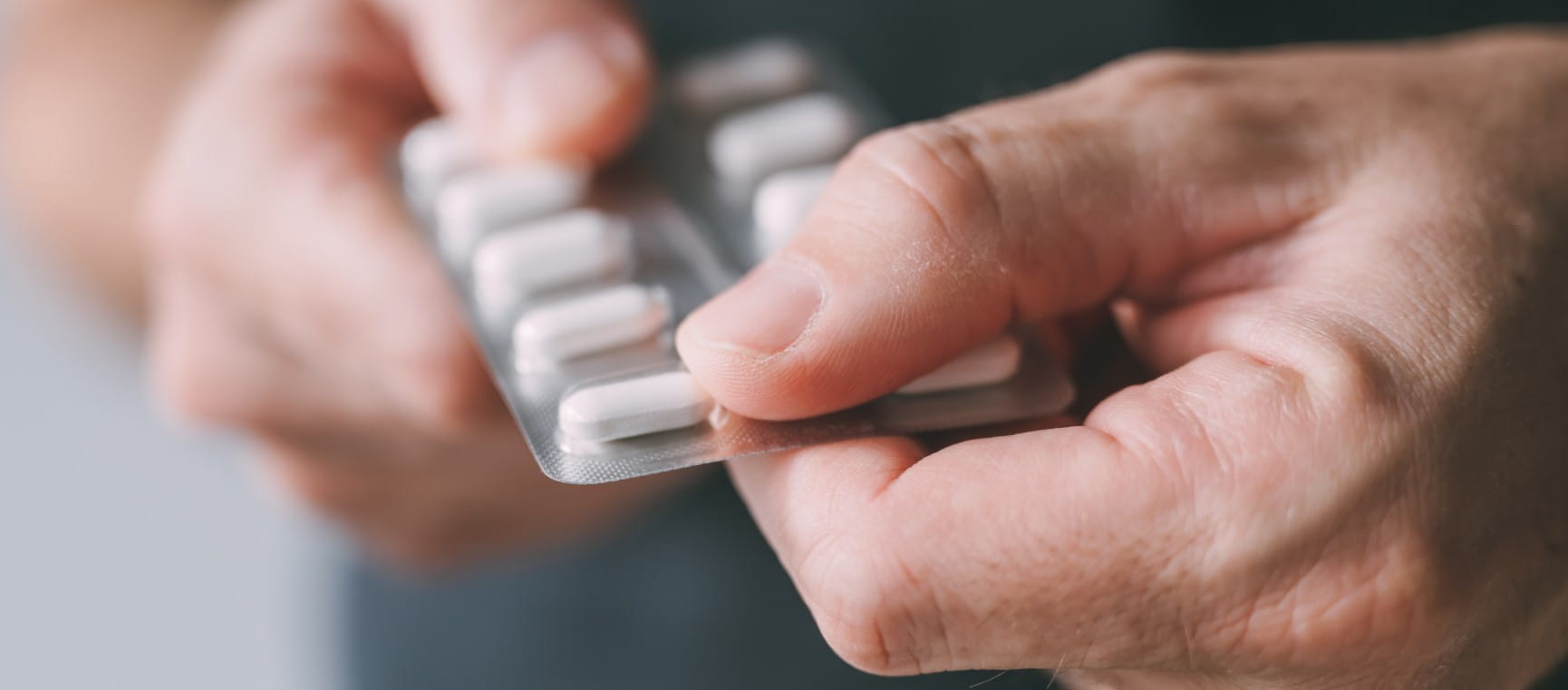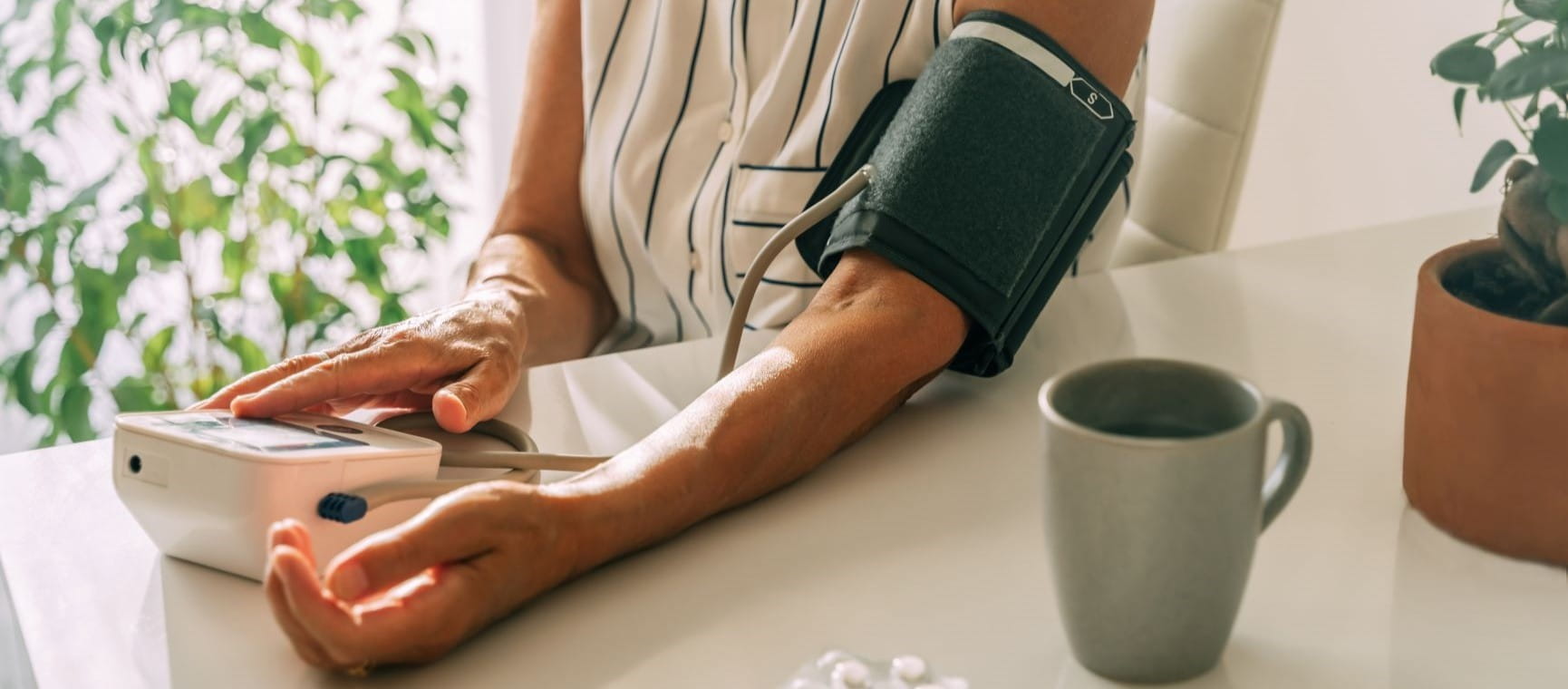
Around six million people in the UK don’t know they have high blood pressure – a scarily high number considering it’s the country’s biggest killer. Add to that the fact that blood pressure tends to rise with age and it makes it crucial to know your reading.
Experts advise us to measure our blood pressure at home regularly, but it can be a delicate operation and it’s easy to get it wrong, says Dr Pauline Swift, chair of patients’ charity Blood Pressure UK.
"Blood pressures measured at home are often more accurate in determining risk of health conditions like cardiovascular disease," she says.
"You’ll get a more reliable reading when you’re rested in your normal environment. But unless someone has been shown how to do it properly, there’s a significant risk that they’re doing it wrong. It’s not complex, but it’s easy to not get it right."
Known as the ‘silent killer’ due to its lack of symptoms, high blood pressure affects an estimated 32% of adults, with approximately three in ten people remaining undiagnosed. Around 60% of over-65s have high blood pressure (hypertension).
High blood pressure plays a part in about half of all strokes, according to the Stroke Association, and is responsible for nearly half of all heart attacks, as well as leading to other health problems like kidney disease, loss of vision and vascular dementia.
But it’s easily treatable and early detection is key, which is why it’s important to measure your blood pressure regularly.
Here are seven tips for accurately taking your blood pressure at home.
It’s important to make sure you have the right equipment. You should buy a ‘validated’ blood pressure machine, which has been checked for accuracy – and it doesn’t need to be expensive.
"You can get a very decent machine for £20, less than the cost of a takeaway," says Dr Swift, who recommends buying a machine with an arm cuff.
No cuffless machines are validated, she says, so finger devices should be avoided.
The British Heart Foundation has a list of recommendations, all validated by the British and Irish Hypertension Society. Our resident GP Dr Mark Porter has previously recommended Omron M2.

"You can wear a thin shirt underneath the cuff, but definitely not a jumper," says Dr Swift. For the most accurate reading, the cuff should be strapped directly onto bare skin and should be worn at the middle of your upper arm.
"You can’t get it too wrong," says Dr Swift.
"It should be a couple of fingers above where you bend your elbow."
Several monitors use a wrist cuff instead, though these are generally considered to be less accurate. However, they can be useful if you can’t wear an upper arm cuff comfortably, perhaps because of obesity or lymph node removal.
"With these, you should hold your wrist across your chest, putting your hand on your shoulder so the cuff is parallel with your heart, and supporting your elbow," says Dr Swift.
If you’re measuring your blood pressure for the first time, you should measure it in both arms to check whether there’s a significant difference between the two. If there is, this could be a sign of severe vascular disease, and you should take the measurement from the arm with the higher reading.
Once you decide on an arm, use the same one every time.
You can use a cushion, an arm rest, a table – anything that ensures your arm is supported at heart level. If your arm is too high, your blood pressure reading will be underestimated; if it’s too low, your reading will be higher, by as much as 10mmHg.
You should wait around an hour after drinking coffee, as caffeine can cause a temporary blood pressure spike, and you shouldn’t take a measurement after a big meal either.
"This is because blood gets diverted to your gut afterwards," says Dr Swift, "causing your blood pressure to fluctuate."
"I would suggest measuring your blood pressure in the morning before your breakfast, or in the evening, a good hour after your meal," says Dr Swift. Do it at roughly the same time every time you take a measurement.
When you start to measure your blood pressure at home, you should do it every morning and evening in the first week, to get a good idea of your blood pressure pattern.
"After that, you can decide what you want to do," says Dr Swift, adding that you should establish a routine.
"Measure it weekly or monthly – it doesn’t matter – but measure it regularly, committing to either the morning or the evening, whatever suits you."
Don’t do it after any strenuous activity and take five minutes to sit quietly beforehand. Avoid measuring your blood pressure with a full bladder, as you will feel less relaxed.
"You should be sitting alone, undistracted, not having a chat," says Dr Swift, who points out that accuracy will be affected if you talk or move.
"Breathe normally and sit upright with back support, arm support, and both feet flat on the floor."
Take two or three measurements, waiting about a minute in between.
"If it keeps dropping with each reading, then keep measuring until it stabilises," says Dr Swift.
"But most people will be quite stable after two to three readings."
Use your lowest reading.
"The ideal reading is consistently less than 120/80, though less than 130/80 is a suitable target for the over-50s," says Dr Swift.
"If you’re over 80, it can be allowed to ride slightly higher, up to 150/90," she adds.
"But it shouldn’t be over that, and your cardiovascular risk will be lower if you can get your blood pressure down.
"All the clinical trials show that risk is reduced if you can get blood pressure down to 120/80, even in the elderly."
In the UK, high blood pressure is set at 140/90 if measured at a pharmacy, surgery or clinic. But you should seek medical advice if your home readings consistently average 135/85 or higher.
Visit bloodpressureuk.org for home resources and more. Know Your Numbers! Week also promotes blood pressure awareness.
Rebecca Norris is Features Writer at Saga Magazine, interviewing fascinating people over 50, from DIY hot air balloon builders to the new generation of lighthouse keepers. She trained in news and features writing at City, University of London, graduating with an MA in Magazine Journalism.
View author page

Don’t let a diagnosis of high blood pressure deflate you. Find out how to get cover for this common health condition.
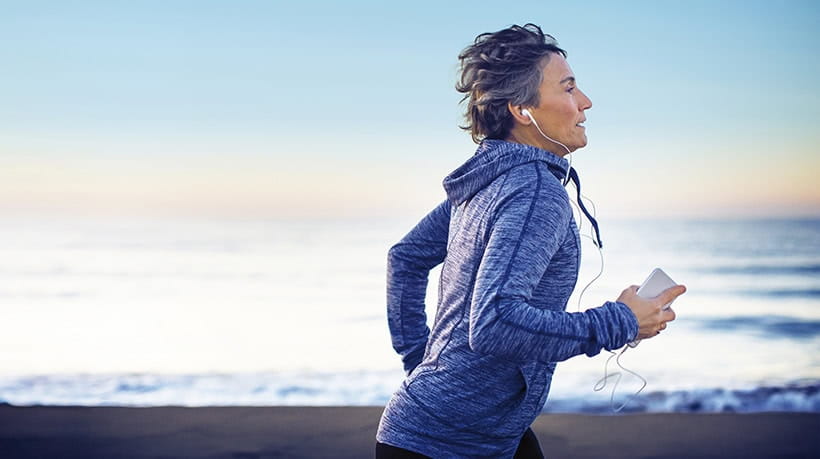
Health insurance for people over 50 that provides a quicker route to diagnosis and planned medical treatment in a private facility.
Underwritten by Bupa Insurance Limited.


Facial weakness, a sudden headache and dizziness can all be signs of a stroke, we've got the facts from an expert.
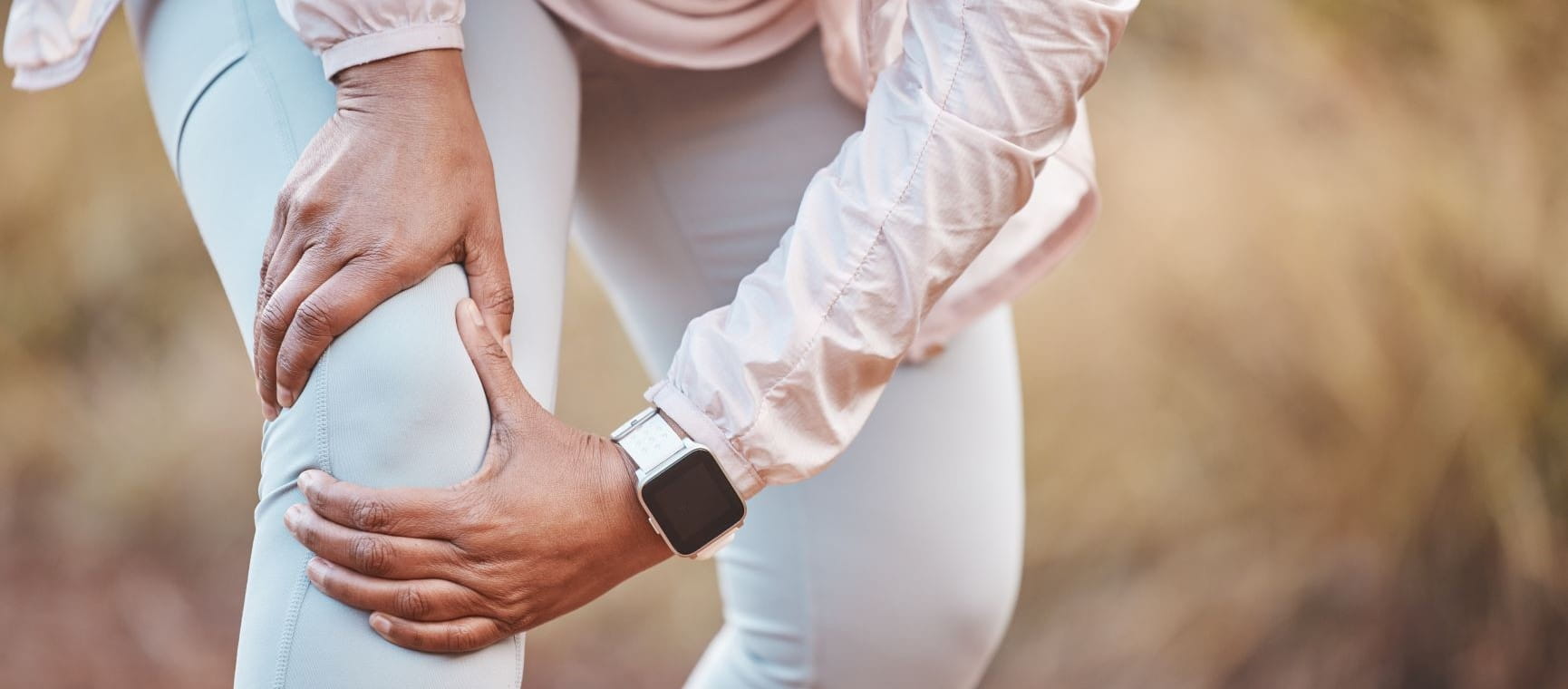
Knee pain is more common as we age: to help we've got the best advice from 3 leading experts with easy ways to make a difference.
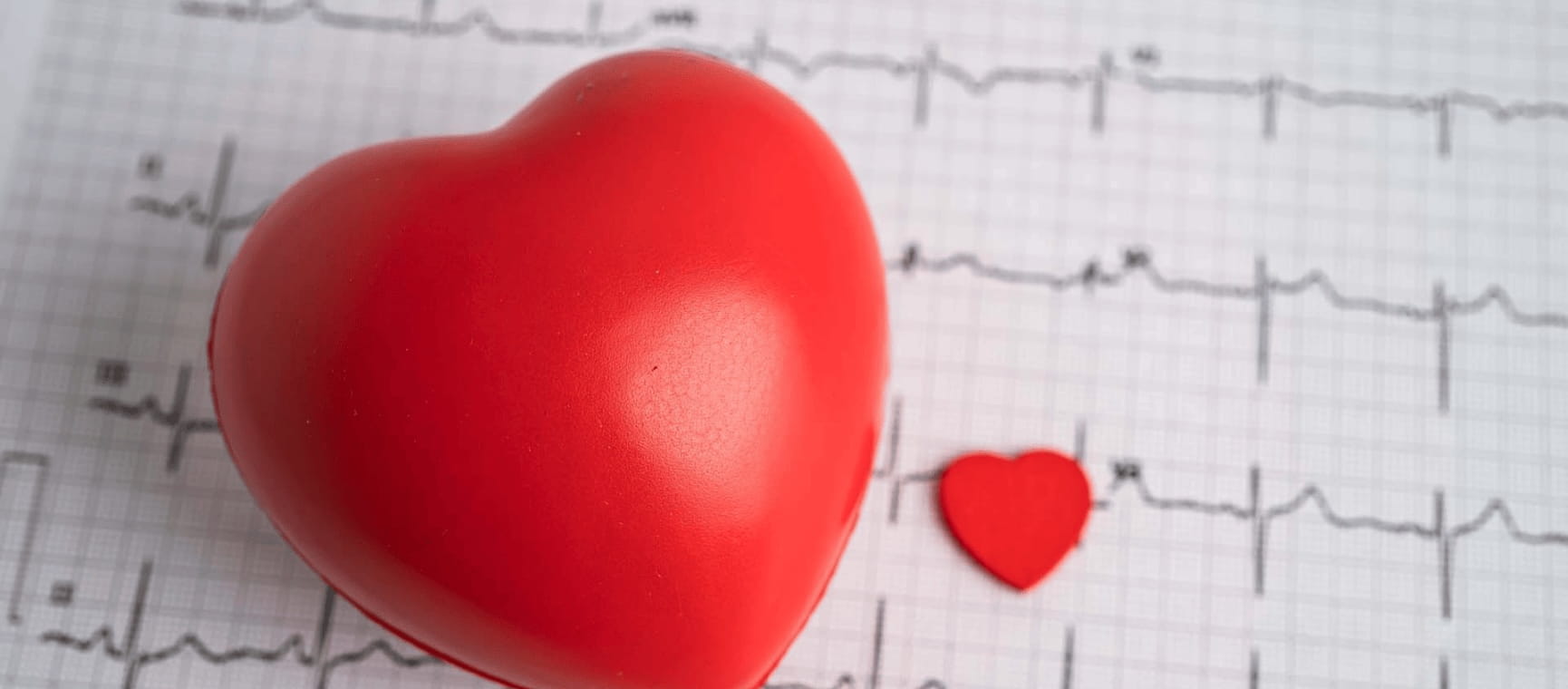
Do you know the symptoms of a heart attack? Here’s what to look out for, and how to prevent one.
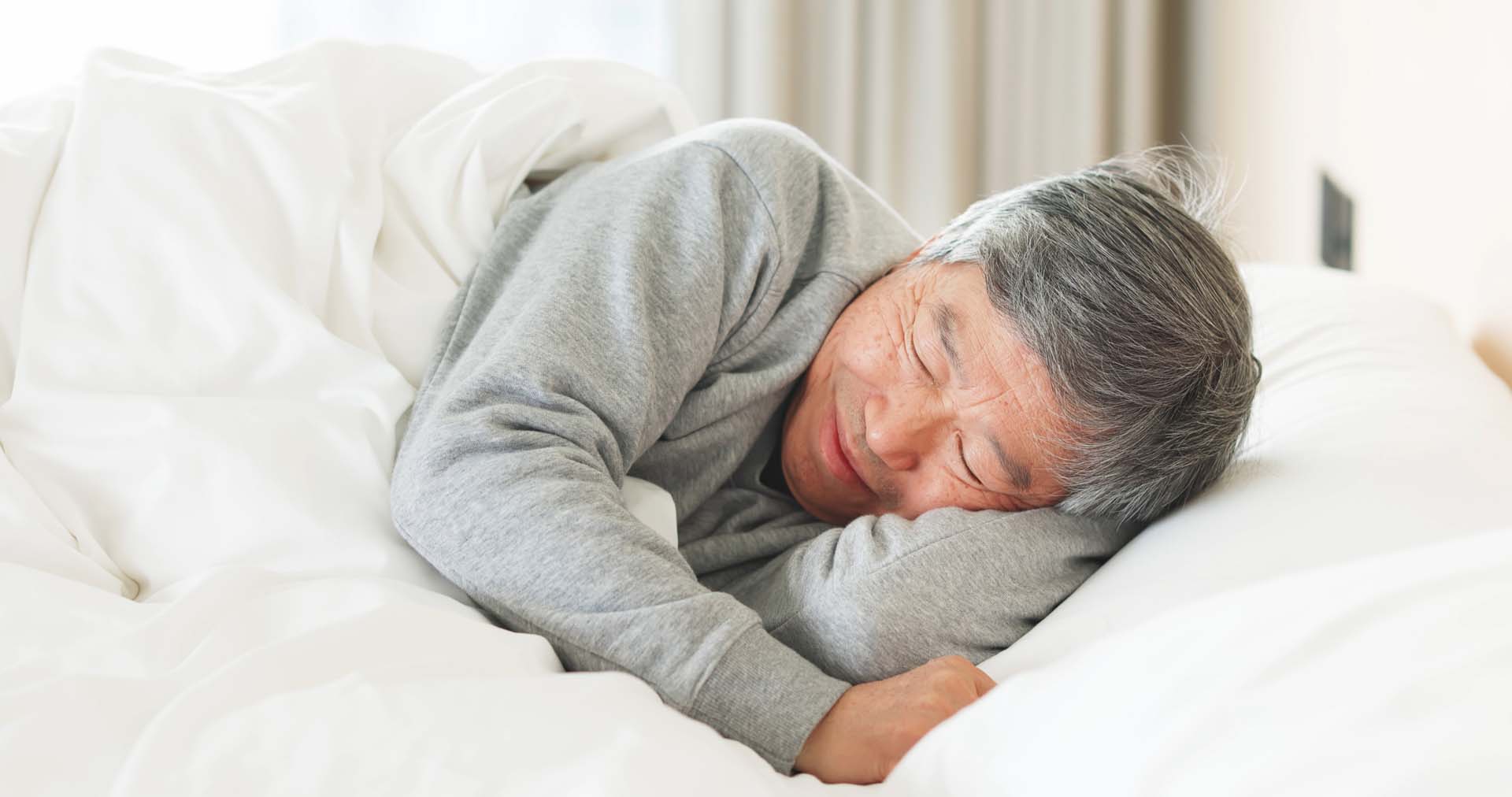
Front, back or side? Which sleeping position is best for you as you get older, and which ones you should avoid
